The Not So Beautiful Birds
By Mark Carnall, on 13 August 2014
Recently this specimen and a number of other bird skeletons came back from our conservation lab. When I first started at UCL these nine skeletons were in the dreaded “curator’s cabinet” a cabinet of broken and miscellaneous specimens that were presumably the bane of previous curator’s lives. These skeletons were fragmented, partially disarticulated and all the fragments mixed together. I gave these specimens to Gemma Aboe who was undertaking some conservation work for us and she managed to piece together a number of half skeletons from this mixed box. These specimens aren’t the kind of thing you normally encounter in a public natural history museum display as they aren’t ‘perfect’ but I couldn’t resist taking a few extra shots of these whilst documenting them as although they are incomplete and not ‘worthy’ of a spot on display they are still quite hauntingly beautiful.
With missing bones and limbs, scraps of connective tissue, metal armatures supporting and confining these birds and the odd position some of this skeletons have drooped into make these partial, stained and incomplete skeletons look more animated than the usual ‘pristine’ and perfectly posed skeletons you find on display in natural history museums. They remind me of the work by artist Tessa Farmer who uses decomposing animal and insect remains in many of her works.

This skeleton labelled only as ‘Occipitrine’ (furthering the tragic nature of this specimen with an incorrect label) doing an excellent Pachycephalosaurus impression except with thin wire for a neck specimen LDUCZ-Y1591

Something about the way this sparrow is posed reminds me of the amazing and misleading box art from Psygnosis video games, particularly the artwork for Shadow of the Beast.
Specimen LDUCZ-Y1595

This headless one legged blackbird is not so much mounted on the wooden base as crucified, complete with a large metal spike through the remaining foot. Specimen LDUCZ-Y1593

This thrush doesn’t look half as incomplete as it should, well as it actually is. Or should that be half complete? I’ll let you decide. Specimen LDUCZ-Y1594
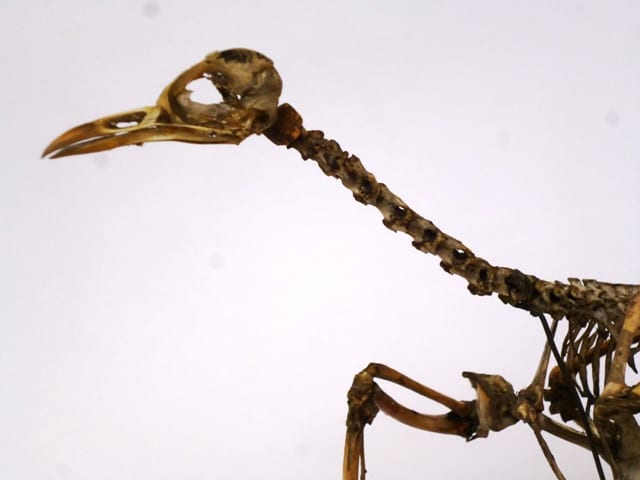
Compared to the rest of these skeletons this pigeon, stained brown, isn’t actually too bad. Pigeons are often called rats of the sky but actually I think ‘humans of the sky’ is more fitting. Specimen LDUCZ-Y1590.
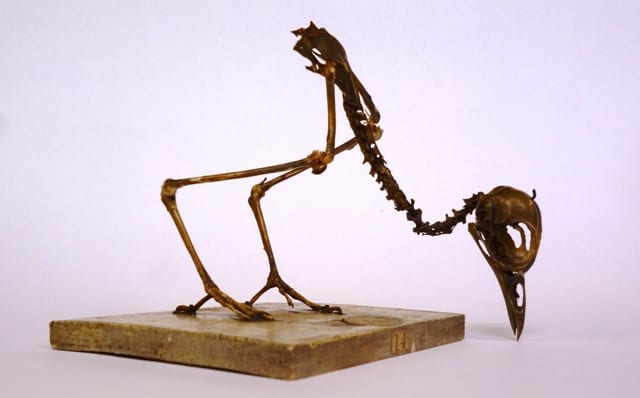
It seems that even death can’t prevent this bird from inquisitively pecking at the ground for scraps of food. LDUCZ-Y1596
Specimens like these are of limited use within the museum. The flaws and imperfections means they’re unlikely to be displayed and the incompleteness means that they can’t really be used in our scientific teaching and learning. Is there a place for specimens like these in a museum? Would you like to see more of the ‘flawed’ specimens we have on display? Is a sterilised display of ‘acceptable’ specimens misleading to members of the public? How could these specimens be ‘used’ (aside from this blog post of course)? If you have any thoughts, leave a comment below.
Mark Carnall is the Curator of the Grant Museum of Zoology
4 Responses to “The Not So Beautiful Birds”
- 1
-
2
Laura McCoy wrote on 18 August 2014:
I agree with Jon, maybe make a feature about it. Highlight why curators are important, as we need to keep track of what we have and have this as an example of bad curation, what not to do. Also, what we have learned over the years in being more careful to document things, keep track of labels, developing techniques to keep a record of things, etc.
-
4
sam misan wrote on 3 December 2014:
i love them i have a personal collection and think they are amazing
 Close
Close


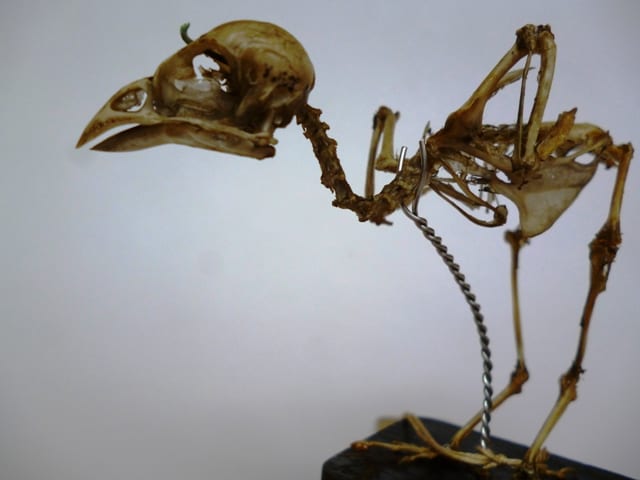
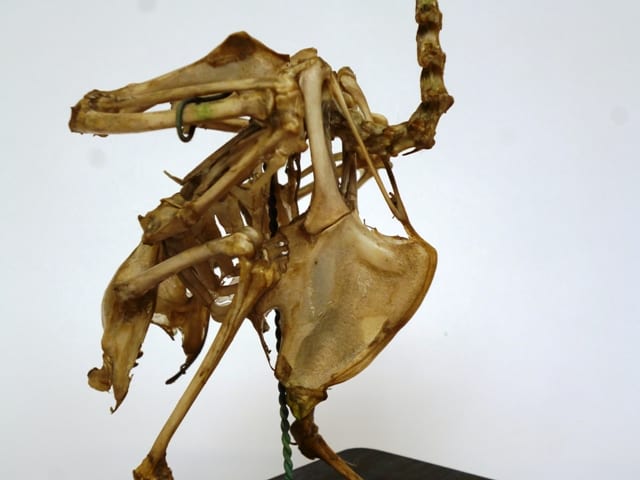
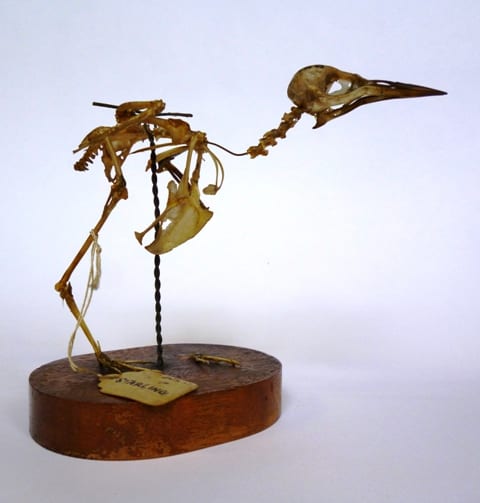
Invite an artist to create a display, or get another museum/art gallery to curate an exhibition of “not for display” objects from many museums?